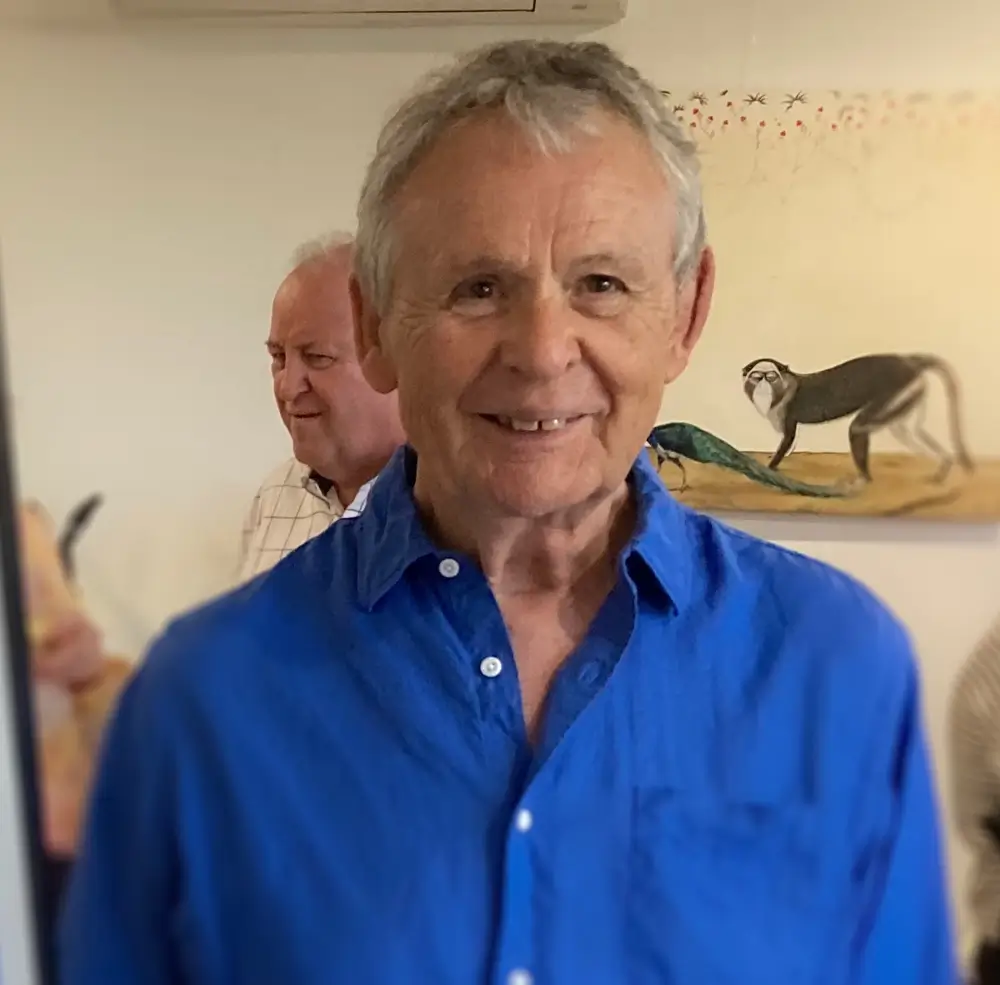Peter was born and educated to first degree standard in the UK. He gained a private pilot license in 1970. His career spans aerial photography, corporate communication and management development. After emigrating to Australia in 2001 he ran his own company providing small light aircraft to farmers, flying schools and private clients. Recently he took up commercial drone flying – which combines his love of photography and views from the sky. He currently lives in Melbourne with his artist partner.
As a photographer, I have always been fascinated by the interplay of light, shadows and shapes that exist in both the natural and human-made world. For many years, as a pilot I saw the landscape from a small aeroplane. With the advent of drone technology, which enables the camera platform to remain static and fly much closer to the surface, I can now explore the landscape from new angles and perspectives, capturing images that were impossible from an aeroplane.
Artist statement:
One of the key elements of abstract art is the process of abstraction, where artists take familiar objects and break them down into their essential components. Similarly, my photographs capture landscapes from above, abstracting the natural world into a series of shapes, colours and textures that are sometimes quite different from their original form.
By removing the context of the wider landscape, I want to encourage the viewer to see the world in a new light, as a collection of abstract forms that are both beautiful and intriguing. In abstracting the landscape, my aim is to create a body of work that challenges your perceptions and invites you to see the beauty and charm that exists all around us.
